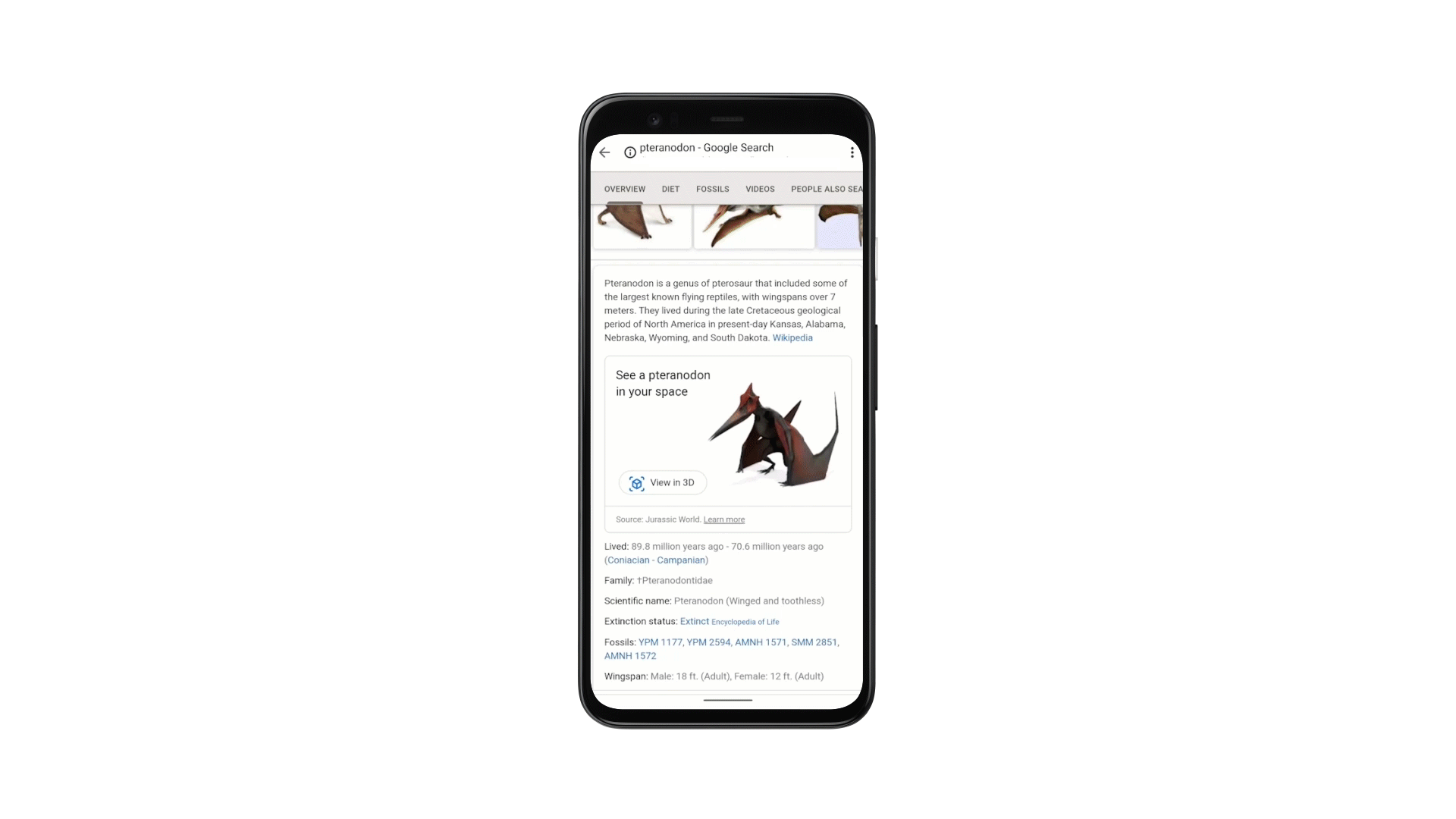The Google Arts & Culture app is all about educating users about well… arts and culture, offering everything from short history lessons and super-detailed look at famous paintings to 360-degree virtual tours of monuments and museums. Now, the company is jumping on the AR bandwagon to teach you a bit about some of the most notable paintings in the world as well as historical artifacts of great cultural importance. The Google Arts & Culture app has introduced AR filters that let you turn you yourself into a weird version of Vincent van Gogh’s self-portrait or don a samurai helmet like the world’s biggest misfit.
Actually, the number of ‘historically and artistically important’ AR filters in the Google Arts & Culture app is rather limited at the moment at just five. You can play with superimposing van Gogh and Frida Kahlo’s renowned self-portraits, “Girl with a Pearl Earring” by Johannes Vermeer or play with historical artifacts such as a Japenese helmet or an Egyptian necklace that is said to be a few thousand years old.
The AR filters can be found under the new Art Filter category on the Google Arts & Culture app’s homepage. To play with them, just tap on any of the five cards and you’re good to go. Alternatively, you can tap on the colorful camera icon at the bottom and select the Art Filter option at the top. Once you’re done gazing at your magnificent artistic portrait or done playing with a centuries-old war helmet on top of your head, you can snap a picture or even take a video of yourself immersed in an AR avatar of arts and history.
When you tap on an AR filter, a small window will pop-up that will let you check out the real painting or artifact via high-resolution imagery and also find more details about it if you’re interested. I tried the new AR filters in the Google Arts & Culture app, and let’s just say that my face was not sculpted to appear in a self-portrait like Vincent van Gogh or the one depicting Frida Kahlo, and the article’s title image makes it abundantly clear.
Source: Google Blog
The post Google will teach you about famous paintings and culture using eerie AR filters appeared first on Pocketnow.





